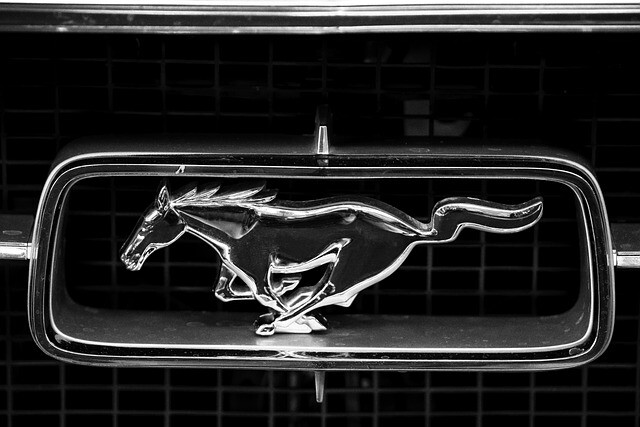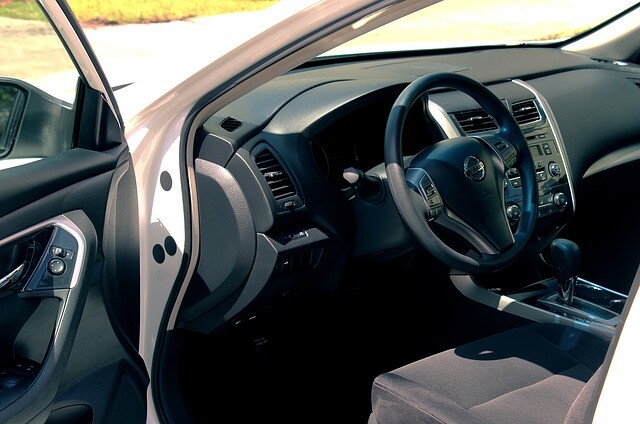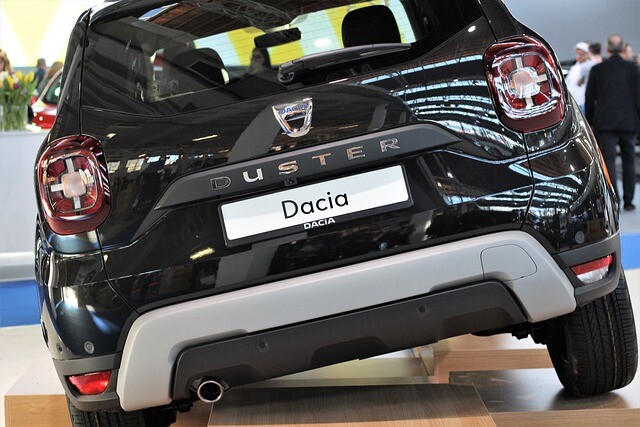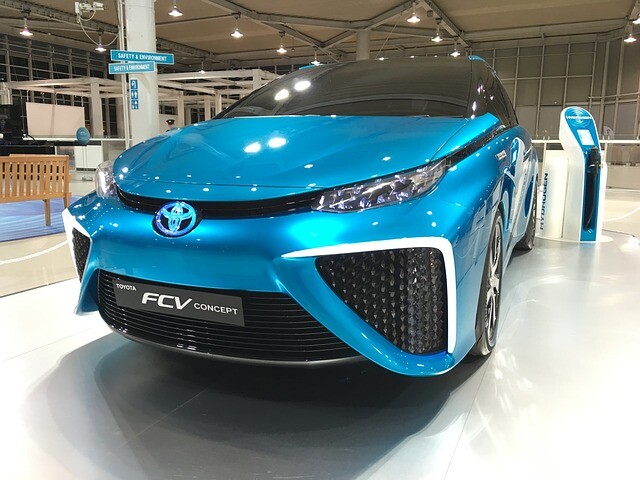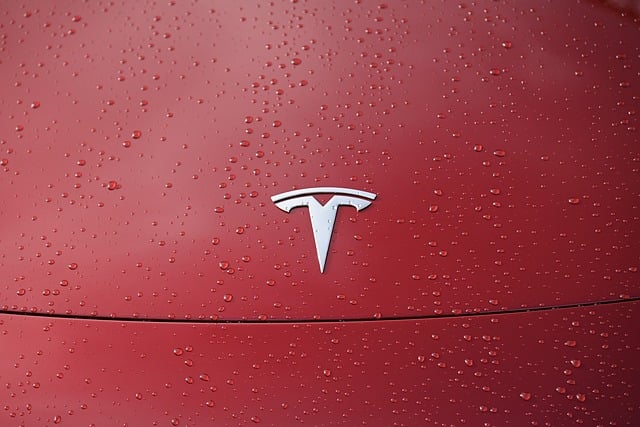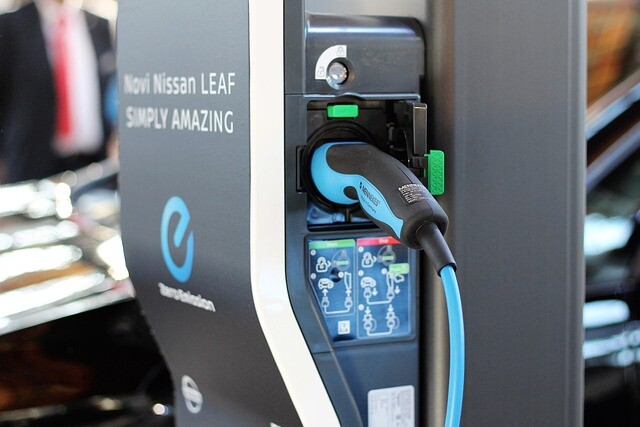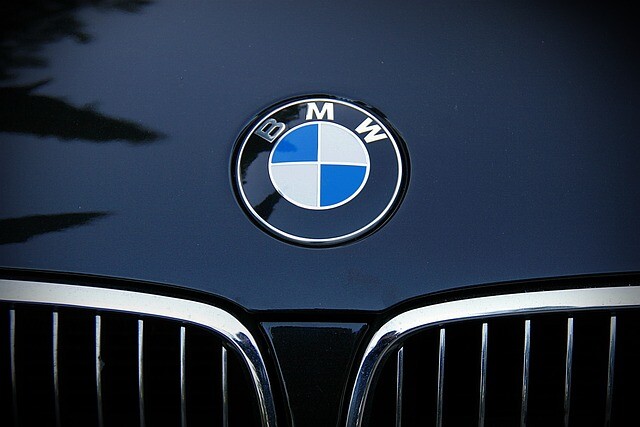From Car Foam?
The combination of chemical and automotive industry can create the future bodywork structure: structural foam-reinforced polymer elements can be lighter than today's metal structures with almost half a mash.
A joint study by Henkel and RLE International promises a massive reduction in cars. Traditional metal constructions provide a tens of kilograms of cost-effective bodywork with hybrid fiber and refractory polymers at competitive prices.
The solution is based on the currently available structural foam (Teroson) developed by Henkel, which is injected at specific points inside the carrier structure and not only stiffens it, but also provides a structural bond between the components.

The new structure is compatible with the necessary phases of vehicle manufacturing (eg polishing), and when engineers have tested the strength of certain body parts (eg doors), they have found that they have a purely aluminum structure in their rigidity and energy absorbing capacity.
The announcement of the two companies on the recyclability and processability of composite structures is not one thing. In fact, we save tenths of grams of CO2 with a slightly lighter car if twenty years later, the bodywork is produced in landfills.
(Source: vezess.hu / photo: pixabay.com)





